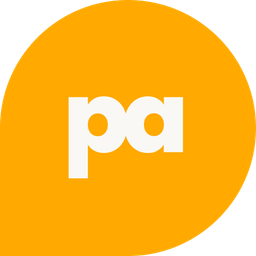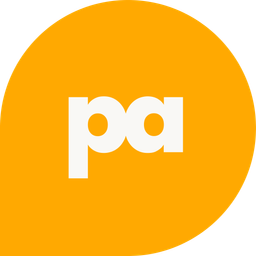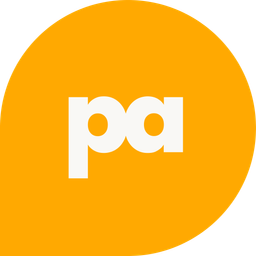You’ve posted the job listings, fine-tuned your descriptions, and even boosted your salaries, but somehow, top talent still isn't biting.
Sound familiar?
If so, your employer brand (or lack thereof) might be to blame. If candidates don’t see you as a place they want to work, they're more likely to pass you by, no matter how great the role or the pay.
But… LinkedIn's Employer Brand Statistics report proves that if you get your employer branding in check, you could see some amazing results, such as:
- 50% more qualified applicants
- 50% cost-per-hire reduction
- 28% reduction in the organization’s turnover
- 1-2x faster time to hire
Keep reading to find out how great employer branding is a game changer for recruitment and how to make this a reality for your company.
Topics covered:
- Why top talent scrolls past your company
- Employer branding and recruitment
- Steps to complete an employer brand audit
- How to develop a strong employer brand
- Using social media to improve your brand
- Employer branding examples
Why top talent scrolls past your company
As promised, let’s get into some common (but often overlooked) reasons why top talent might be skipping over your company.
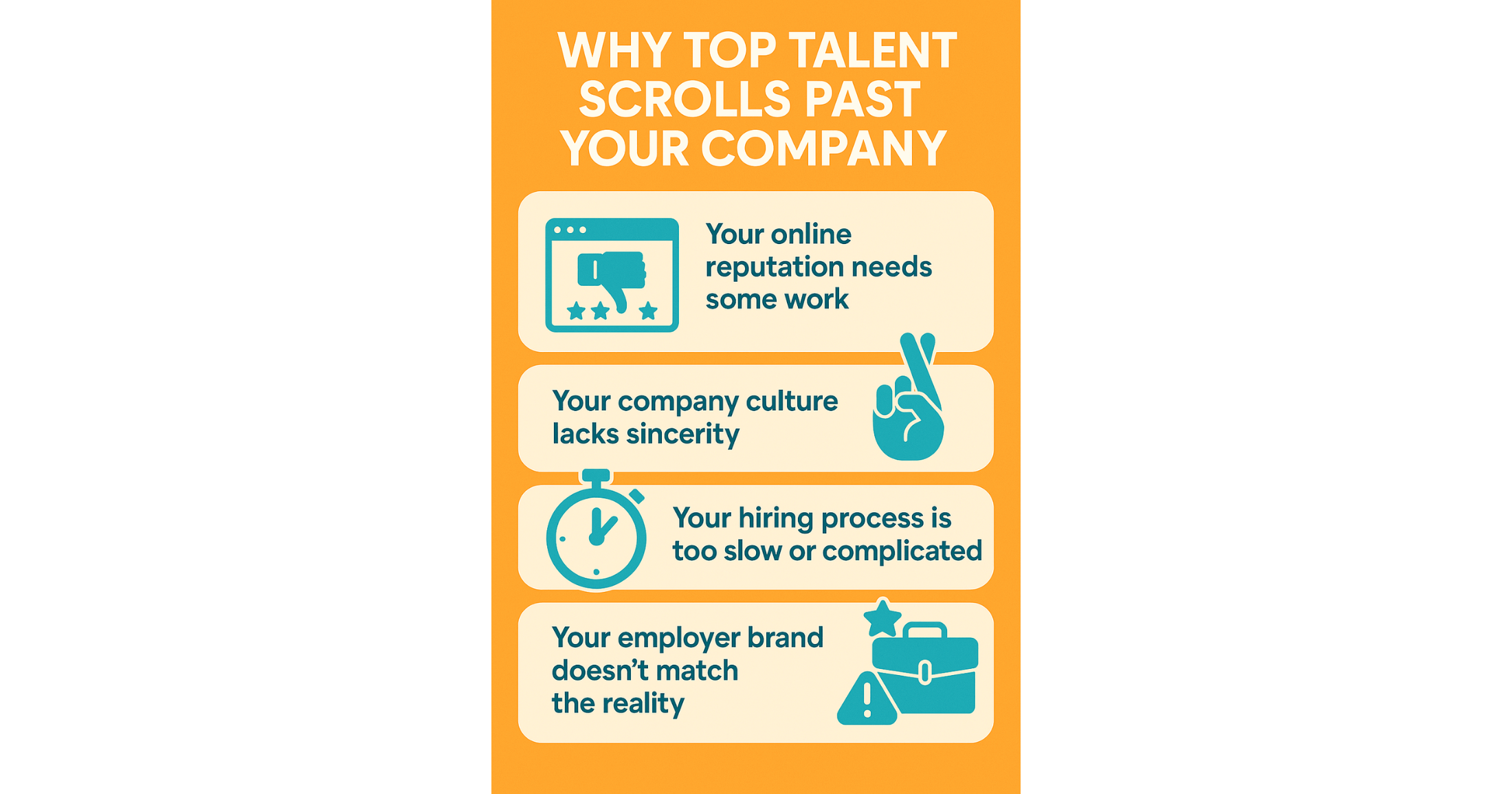
1. Your online reputation needs some work
Candidates do their homework. You might have thought you were the one doing the ‘judging’ during the recruitment process, but that couldn’t be further from the truth.
These days, candidates are doing their own due diligence in the form of checking reviews on platforms like LinkedIn and Glassdoor. If they see a wave of negative reviews on your page, their first impression of your company will plummet.
2. Your company culture lacks sincerity
Top talent wants more than just a good paycheck. When they can expect the same salary from multiple companies, they tend to look into company culture to help make their final decision.
More often than not, candidates are looking for meaningful work, supportive colleagues, and room to grow. If your culture feels unclear or uninspiring from the outside, they'll assume it's even worse on the inside.
3. Your hiring process is too slow or complicated
60% of job seekers don’t bother completing a job application due to its length or complexity. A sluggish hiring process filled with unnecessary steps or slow communication can cause top candidates to lose interest or accept another offer before you finish the first round of interviews.
So, if you’re getting a lot of abandoned applications or false starts, it might be time to streamline your hiring process.
4. Your employer brand doesn’t match the reality
If what you advertise online doesn’t match employees' real-life experiences, word spreads fast. Candidates rely on authenticity. So, if there's a mismatch between promises and reality, you'll lose credibility.
Addressing these issues helps ensure your company doesn’t just attract, but actually retains the talent you’re looking for.
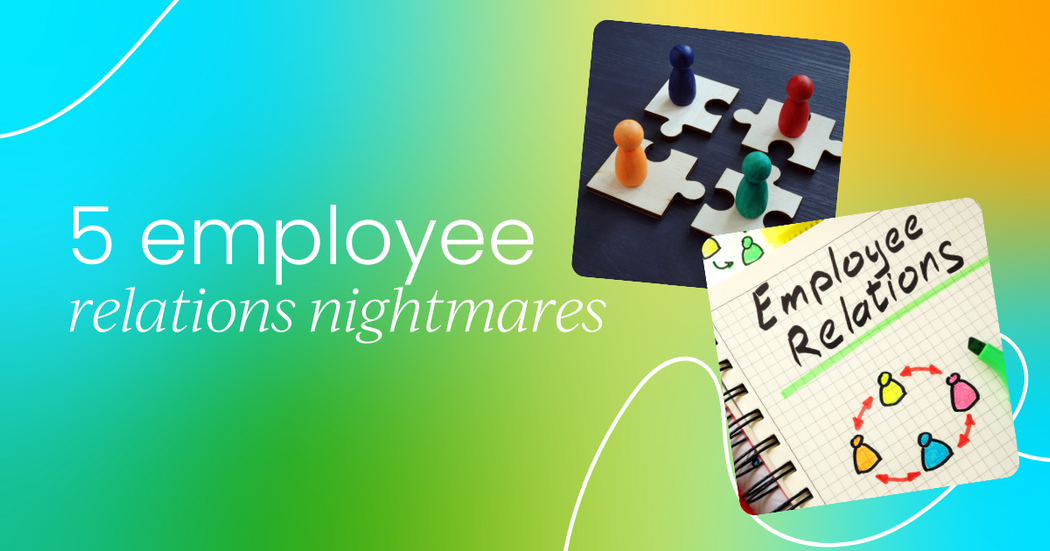
How employer branding is a game changer for recruitment
Did you know that 72% of recruiting leaders agree that employer branding has a significant impact on hiring?
That's not just a random statistic. It shows how much your company's reputation matters when it comes to attracting great candidates.

Good employer branding naturally draws people who fit your company’s goals and values. It makes hiring easier, quicker, and more effective.
How to carry out an employer brand audit
Before you can improve your employer branding, start by understanding your existing brand. An employer brand audit will help you figure out what's working, what's not, and where you can improve.
Here are some easy steps to help you do an employer brand audit:
1. Ask your current employees for feedback
Ask your team how they genuinely feel about working for your company. Of course, your team might be hesitant to be honest about their thoughts, which is why anonymous surveys or questionnaires work better.
Once you receive everyone’s feedback, take time to go over it carefully. Pay attention to rising trends or common complaints and start thinking of ways to resolve these issues.
2. Take a look at your online reputation
You can learn a lot about your company by simply checking review sites like Glassdoor, Indeed, and LinkedIn. What are former and current employees saying about you? Take note of recurring themes (good or bad) and address any misunderstandings or genuine concerns openly.
3. Evaluate your careers page and job descriptions
Look at your careers page from a candidate’s perspective. Is it clear, engaging, and accurate? Or is it confusing and rambling? Do your job descriptions accurately reflect what working at your company is really like, or are they vague and generic? Identify areas for improvement in clarity, engagement, and accuracy to ensure you're making the best first impression.
4. Assess social media presence
How do you portray company culture across your social channels? Does your social media reflect authentic employee experiences, or is it too polished and corporate? Authenticity resonates. So, make an effort to showcase the real people and moments that make your company unique to truly attract talent that fits.
5. Compare yourself to competitors
Look at competitors who consistently attract the talent you want. What are they doing differently? Identify areas where you fall behind, and where you could gain a competitive edge.
Once you have all this information, you can start making intentional improvements that position your company as a workplace top talent will genuinely love.
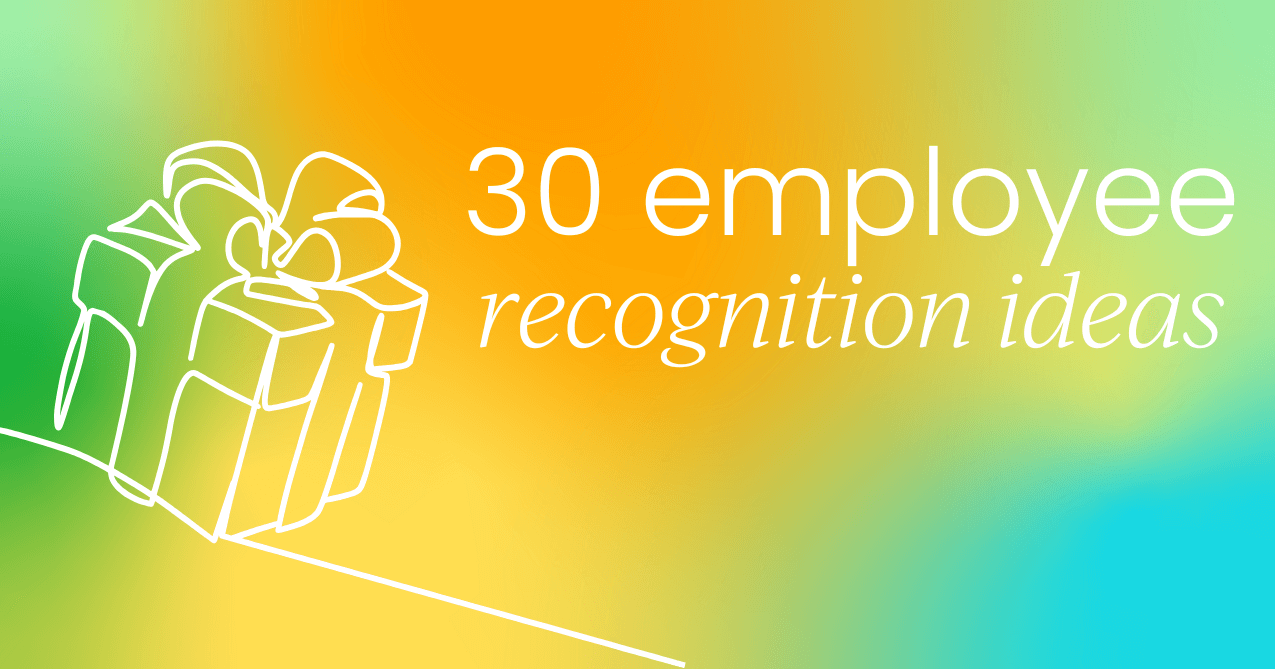
How to develop a strong employer brand
As an HR leader or Chief People Officer, your goal isn't just filling roles, it's building a reputation as an exceptional place to work. Here's how you can strategically develop a compelling employer brand that attracts and retains top talent:
1. Clarify your Employee Value Proposition (EVP)
Start by defining exactly what makes someone choose to work with your company. Your employee value proposition (EVP) should answer questions like:
- What makes our workplace stand out from the crowd?
- What unique benefits, values, or experiences can people expect here?
- What keeps our best people happy and wanting to stay?
Get direct input from employees to make your EVP authentic and compelling.
2. Align employer brand with company values and mission
Think of your employer brand as your company's personality when it comes to hiring. It needs to line up with your bigger goals, what you’re trying to achieve (your mission!), and what you truly believe in (your values). The closer your "workplace personality" is to the real deal, the more people will trust you and want to join!
3. Build authentic employee stories
You should encourage your employees to talk about their actual experiences working there. Let's put those stories on your careers page, social media, and in videos. Honest, real stories resonate with people much more than any standard corporate messaging.
4. Involve leadership and employees
Building a strong employer brand isn't just an HR thing. Get your leaders involved, and encourage your managers and employees to jump in and help shape and shout about what makes your company a great place to work. When your leaders are visibly backing your brand, it makes a huge difference in how believable you are.
5. Invest in communication and marketing
Work closely with your marketing and comms teams to show off your company culture consistently everywhere – think LinkedIn, Instagram, and those job websites. Regularly sharing what your team's up to (achievements, events, the everyday stuff) really helps potential hires get a feel for your culture.
6. Keep an eye on things and tweak as you go
You'll want to regularly check how your employer branding efforts are landing. Get feedback from people applying for jobs, ask your current team what they think, keep an eye on how long people are staying, and see what people are saying online. If something's not quite hitting the mark, don't be afraid to adjust your approach.
When you're smart about your employer brand, you don't just attract good people – you build a place they actually love working, which is a win-win!

Why you should tap into social media for employer branding
In this day and age, you can assume most (if not all) your people are active on social media. They’re posting, scrolling, liking... repeat. So, the question isn’t if employee branding via social media should be part of your talent strategy, it’s whether you’re smart enough to leverage it before your competitors do.
I’m not talking about giving your employees a LinkedIn header with your company logo and calling it a day. I mean building a culture where your team wants to talk about where they work - because they’re proud, empowered, and, frankly, not being told to post some canned, “So thrilled to be part of the journey” nonsense.
Why bother, you might ask?
Well, here’s a few reasons you should take your employer branding strategy to social media:
People trust people, not brands
No one wakes up and says, “Can’t wait to see what that corporate account posts today.”
But when Sarah from Sales shares her win? When Dev from Engineering posts about a hackathon your company ran? That’s a lot more effective because it's real, relatable and way more powerful than your overly polished recruitment video with stock music and forced smiles.
Employee-driven content drives trust
Your employer brand isn’t what you say it is. It’s what your team says about working for you when you’re not in the room. Employee advocacy builds trust with candidates, customers, and even your own people. It shows alignment between what you preach and what you practice.
It attracts the right talent (and repels the wrong kind)
Strong employee branding acts like a magnet, and yes, sometimes that means it repels too. That’s the point. If your team is consistently showing up online, talking about the culture, growth, and impact, they’re helping pre-qualify candidates before they hit your careers page. This will save you time and a lot of headaches.
It’s the best kind of marketing you’re not paying for
Organic reach is still alive and kicking, if you use it right. Your employees can collectively drive more eyeballs and engagement than your brand account ever will. This is where employer branding on social media really flexes its muscle. Empower them with content. Give them stories. Train them if needed. But don’t try to control it or treat it like a script.
It drives retention
When employees feel seen, heard, and proud enough to post about their work, guess what? They stick around longer.
So, what’s the move?
You don’t need to launch a 12-week program with a deck full of buzzwords. Instead, start small:
- Spotlight employee stories on your internal and external channels.
- Encourage teams to share wins, milestones, and insights online.
- Celebrate (not police) their voices.
Train leaders to lead by example. If your execs are ghosts online, your employees won’t show up either.

Employer branding examples
Let's get into some real-world employer branding examples that are turning heads and setting standards. These companies aren't just talking the talk; they're walking the walk and showing us how it's done.
L’Oréal
L’Oréal stands out with its creative approach to employer branding. In fact, it's so good that L’Oréal has gained a positive reputation for itself as a fantastic place to work. You just need to take a look at their careers page to see how much effort they put into making potential candidates feel like they could see themselves working there.
"Human Relations at L’Oréal is first and foremost about our steadfast conviction that our employees have always made, and will continue to make, the difference. "Maintaining a relationship based on trust and respect, and encouraging a management style that leaves room for initiative, cooperation and personal development; these are the cornerstones of successful Human Relations." - Jean-Claude Le Grand, Chief Human Relations Officer
L’Oréal is also very vocal about their appreciation for employees, often showcasing members of staff on their socials, celebrating their achievements, and shining a spotlight on them.
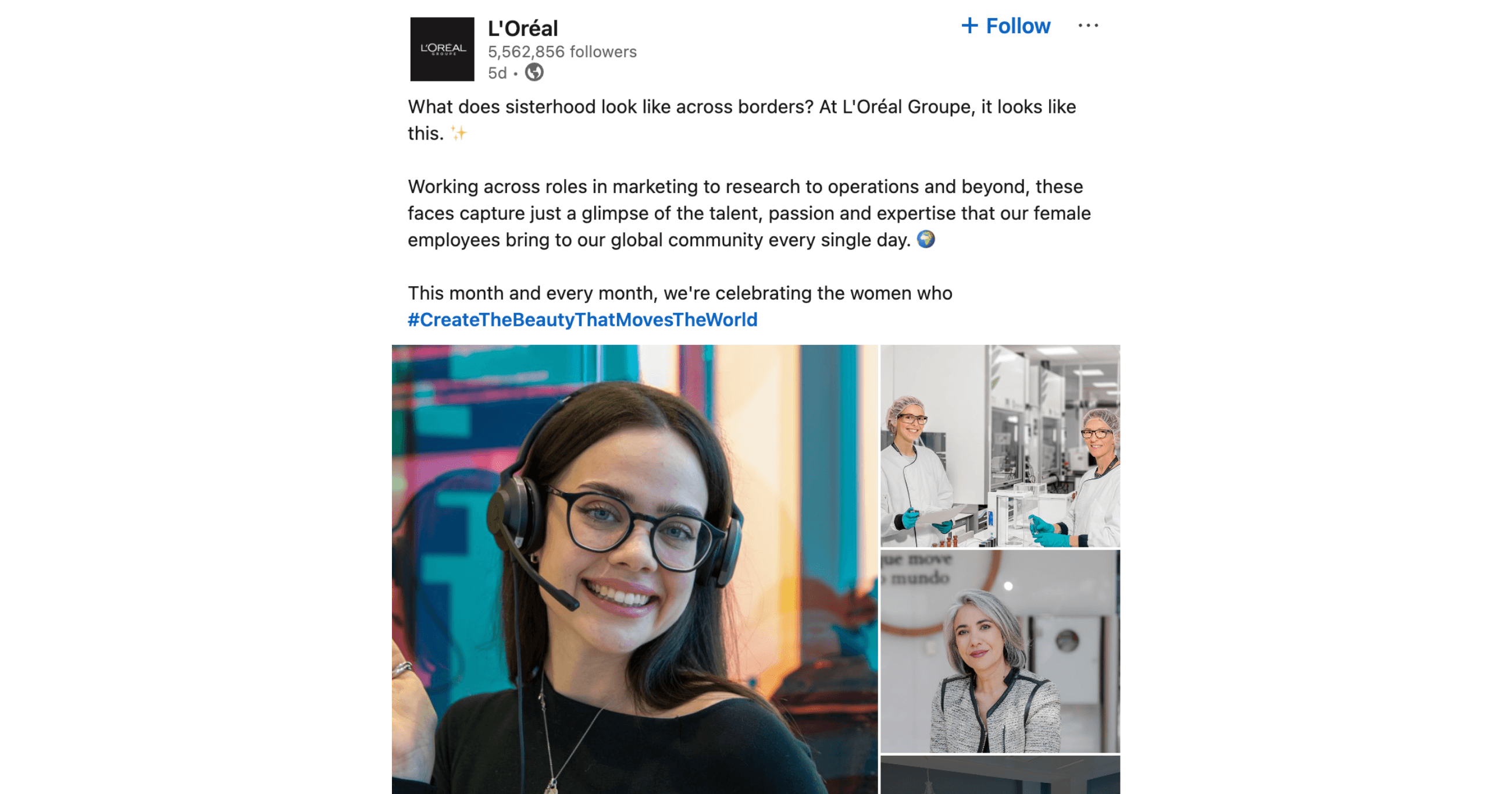
The Alliance
We couldn't not mention The Alliance as a prime example of modern employer branding, emphasizing the power of community and cross-functional collaboration.
As they state themselves, 'When you follow the status quo, you become defined by the 1%, rather than your potential' - a motto the company doesn’t just slap on a wall and forget about. The Alliance actually lives it.
This mindset bleeds into how they treat their people. They don’t hire talent to fill seats, they bring in voices to challenge, build, and push boundaries. Their entire model is built on valuing expertise, sharing knowledge, and celebrating impact. And that extends internally too.
You see it in how they spotlight team wins, invest in personal development, and encourage employees to be active, vocal members of their own communities. It’s not just about building “the brand” - it’s about building the people behind it.
Netflix
Netflix has built its employer brand around a unique culture that emphasizes freedom and responsibility.
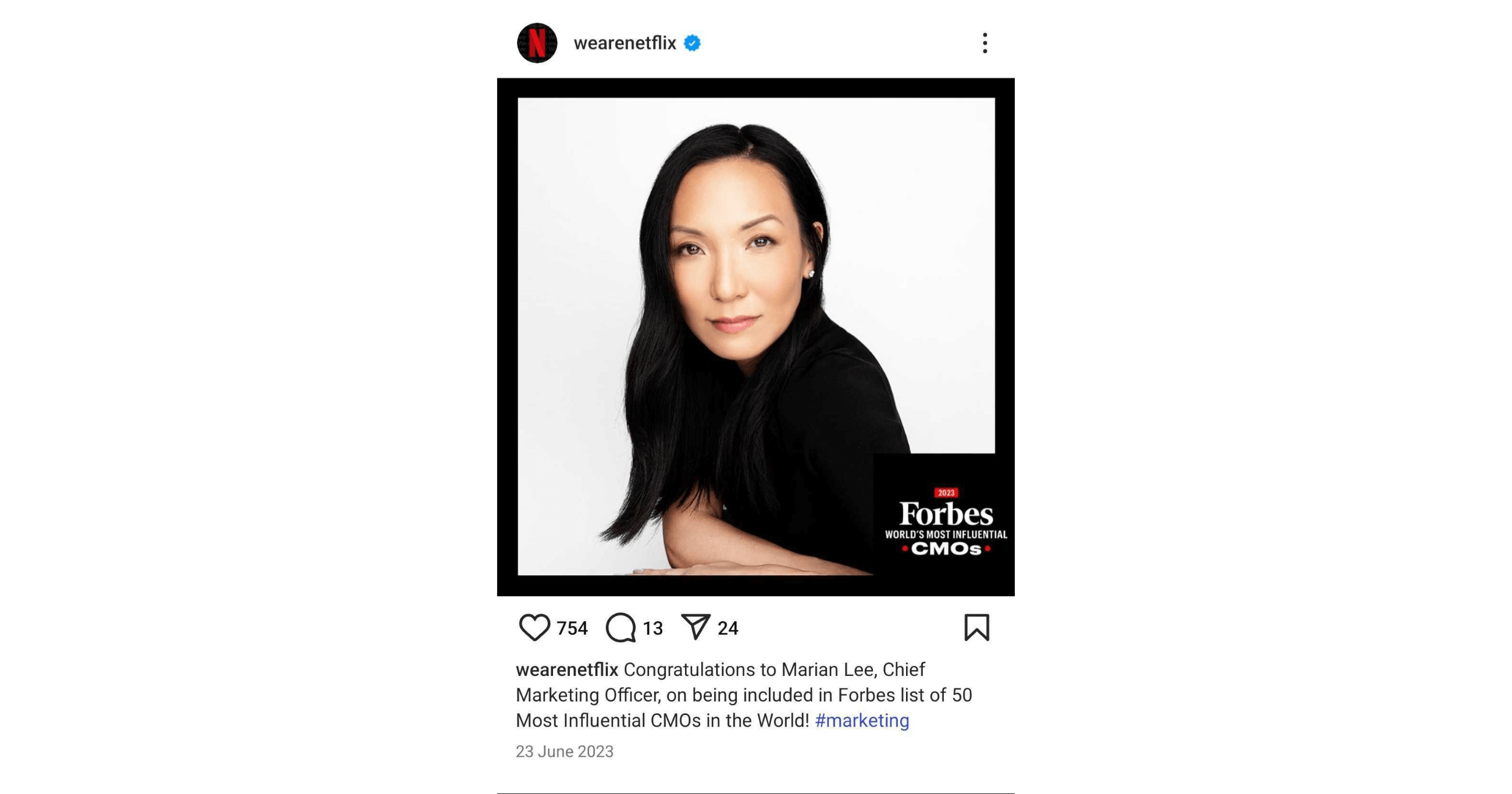
Employees are empowered to make decisions and take ownership of their work, fostering a sense of autonomy and accountability. This approach not only attracts top talent but also encourages a high-performance environment.
Netflix also does a great job of highlighting employee stories in a very genuine way by creating effective internal campaigns - one of the best employee branding examples of using social media to shout about your team.
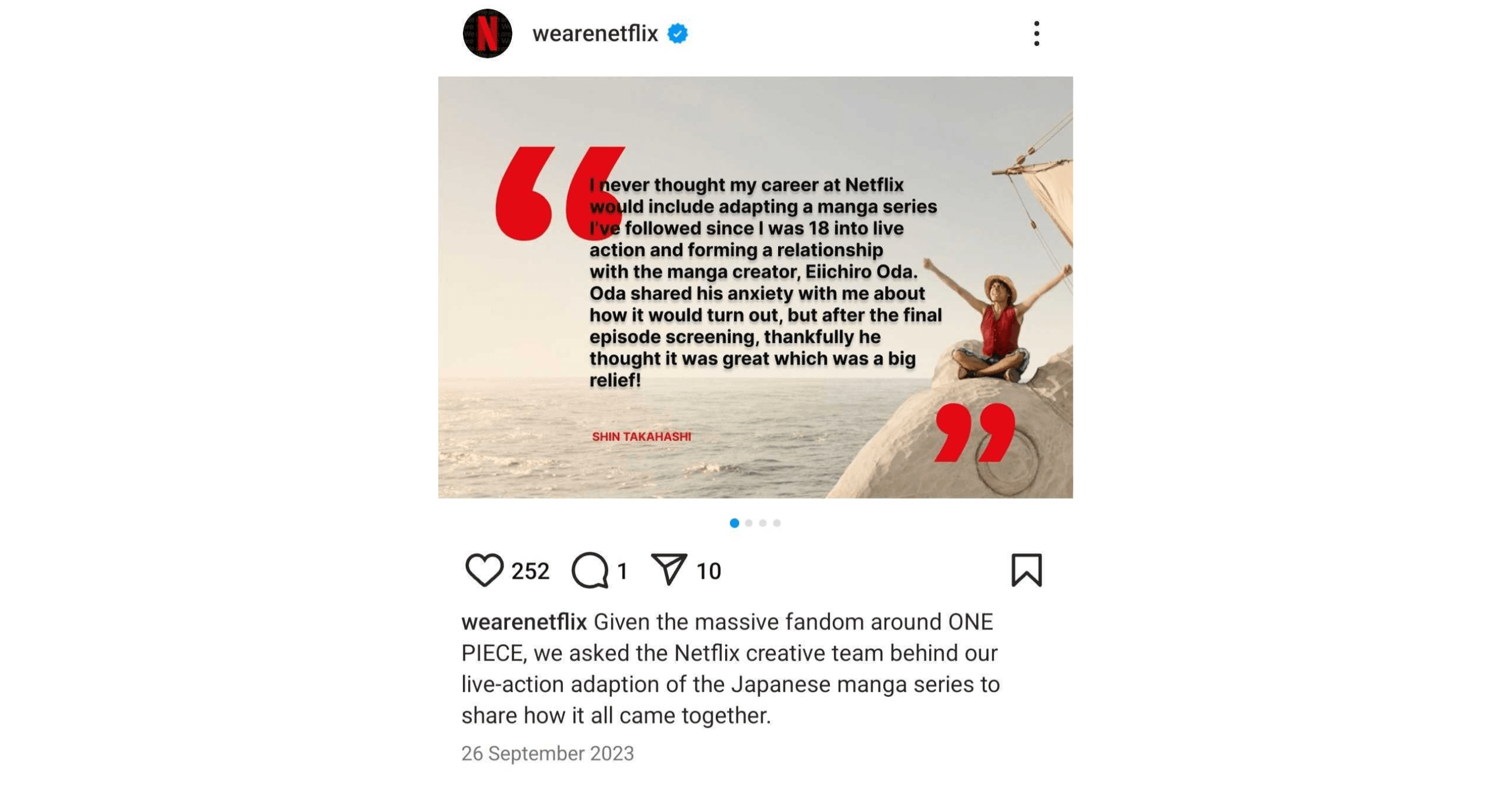
Duolingo
Duolingo is one of the most original employer branding examples out there. Their social presence is unhinged in the best way. And yes, the brand account is famous, but the employees behind it often chime in too.
Designers, content leads, interns - they all post behind-the-scenes takes, giving a peek into the kind of workplace that fosters creativity and lets you run a little wild.
Key move: Turning their internal vibe into external magnetism. It’s not for everyone, and that’s the point.
If you want some inspiration (and laughs), check out Duolingo's TikTok.

Join the People Alliance community
Ever felt like you're navigating the people maze alone? We get it. The industry has been crying out for a dedicated space to connect, collaborate, and level up.
That's why we created the People Alliance community. We're not just a community, we're a movement.



 Follow us on LinkedIn
Follow us on LinkedIn